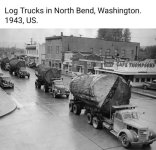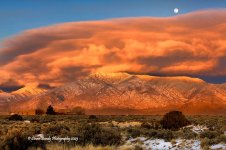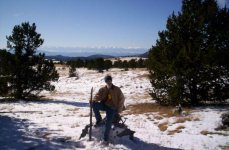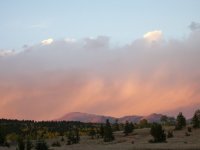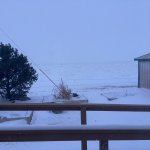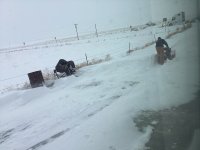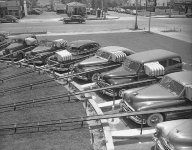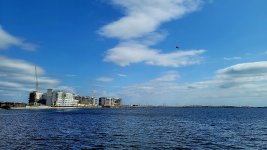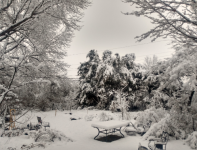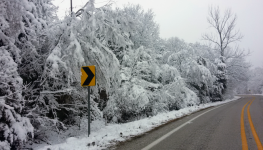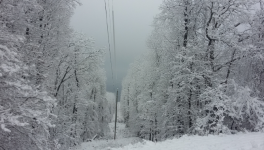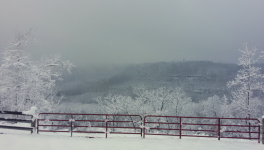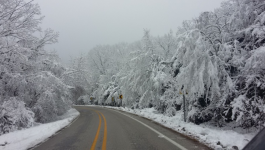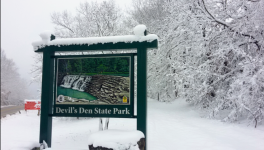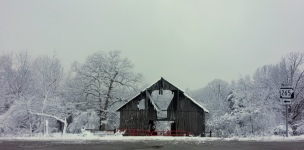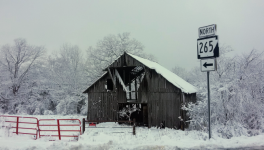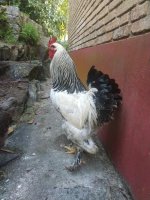You are using an out of date browser. It may not display this or other websites correctly.
You should upgrade or use an alternative browser.
You should upgrade or use an alternative browser.
Random Pictures Thread
- Thread starter nickndfl
- Start date
Welcome to the Precious Metals Bug Forums
Welcome to the PMBug forums - a watering hole for folks interested in gold, silver, precious metals, sound money, investing, market and economic news, central bank monetary policies, politics and more.
Why not register an account and join the discussions? When you register an account and log in, you may enjoy additional benefits including no Google ads, market data/charts, access to trade/barter with the community and much more. Registering an account is free - you have nothing to lose!
- Messages
- 1,620
- Reaction score
- 2,271
- Points
- 298
That poor road surface is gonna have a double path cut into it.
spinalcracker
Ground Beetle
- Messages
- 566
- Reaction score
- 1,000
- Points
- 278
spinalcracker
Ground Beetle
- Messages
- 566
- Reaction score
- 1,000
- Points
- 278
Silent yet ruthless
spinalcracker
Ground Beetle
- Messages
- 566
- Reaction score
- 1,000
- Points
- 278
I count 14 axles on that trailer!
- Messages
- 18,154
- Reaction score
- 10,940
- Points
- 288
I sure hope that doesn't trigger their asthma!Made a succulent garden today for a friend who just got out of the hospital after asthma attacks
View attachment 6259
- Messages
- 1,620
- Reaction score
- 2,271
- Points
- 298
There is one tiny plus: Sooper cold snow in nature's fertilizer. I causes nitrogen to get into the soil. TINS.
How's it do that Unca?There is one tiny plus: Sooper cold snow in nature's fertilizer. I causes nitrogen to get into the soil. TINS.
Been hovering in the 30's since it startedLooks cold there....
- Messages
- 1,620
- Reaction score
- 2,271
- Points
- 298
A blanket of snow, when the ground is frozen, is like a layer of protective mulch. Its insulative properties protect both the soil and the plants from desiccating winds and freezing temperatures. It also helps to insulate the plants as they “heave” which can expose their roots to air, as the soil freezes and thaws throughout the winter.How's it do that Unca?
There is something else that happens when it snows: nitrogen is deposited by the snow and absorbed either into the soil food web residing and active at low temperatures or by plants as a result of nitrogen fixation, a microbial activity which, astonishingly enough, can take place even at low temperatures.” https://www.adn.com/our-alaska/article/blanket-snow-poor-mans-fertilizer/2008/10/09/
If the earth is saturated, the rain runs off; if the ground is frozen, the snowmelt will also run off and most of the nutrients will not be absorbed. In the spring when the earth has thawed and we have a snow, this blanket of snow protects newly emerging plants and leaches nutrients like nitrogen slowly, as it melts into the earth.
- Messages
- 18,154
- Reaction score
- 10,940
- Points
- 288
"That time"... LOLThat time Nick and his wife paid me a surprise visitView attachment 6297
spinalcracker
Ground Beetle
- Messages
- 566
- Reaction score
- 1,000
- Points
- 278
There is one tiny plus: Sooper cold snow in nature's fertilizer. I causes nitrogen to get into the soil. TINS.
all the farmers and ranchers out here will take moisture in any form they can
this stuff aint gonna melt anytime soon , temps are predicted to be -15 to -25 this weekend
it might all melt by valentines day lol




